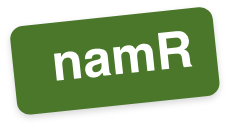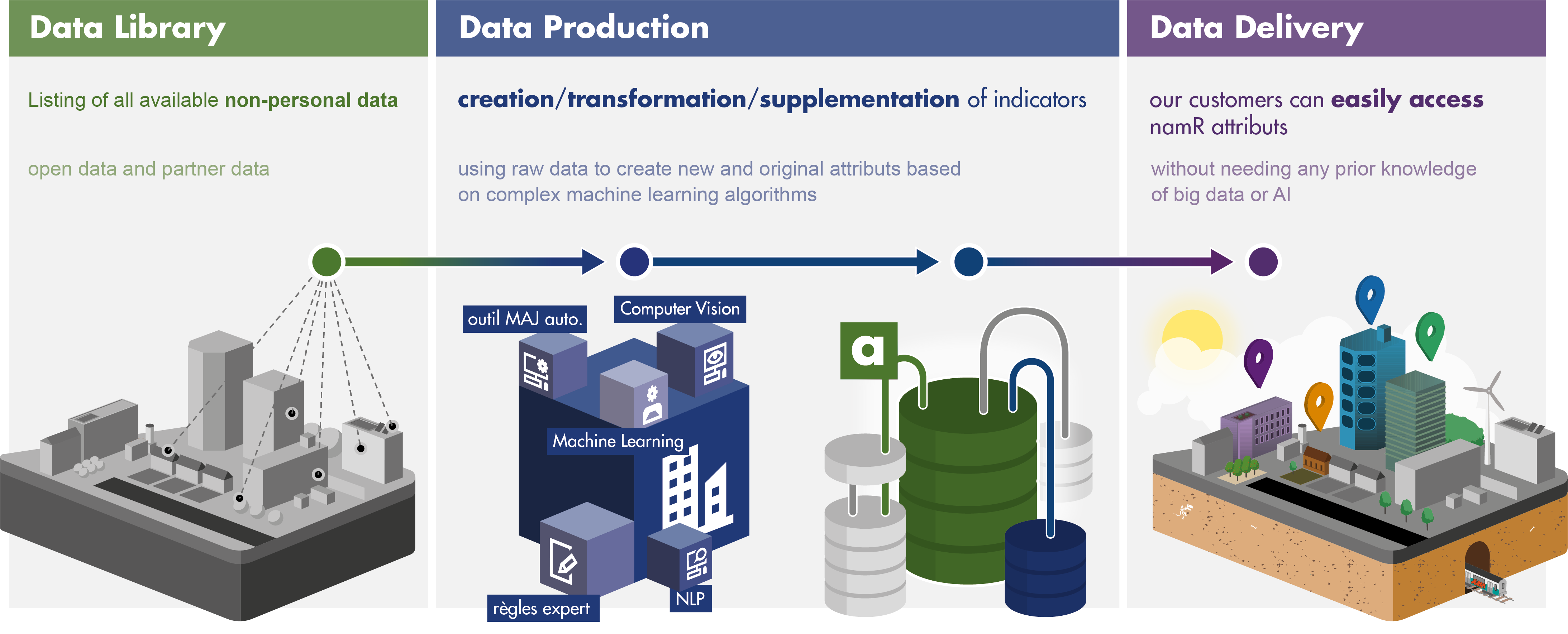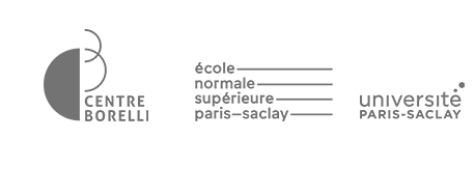our
technology

 ‘s technology
‘s technology
namR has created a unique and innovative process resulting from four years of R&D.
From geomatics to machine learning, computer vision, natural language processing, expert procedures and physics formulae… we use a vast blend of technology to develop our proprietary algorithms.

step 1

The data used by namR comes from two different data sources:
• We first gather open data from 900,000 sources (data.gouv, French regional data, urban planning geoportal etc.). This raw, non-personal data is lacking, non-interoperable and heterogeneous.
• Alongside this, we take partner data from complementary resources (ADEME, Airbus, IGN, Cerema etc.), including, for instance, satellite and aerial images.
Updates for these data sources are automatically detected and integrated into our tools. Data analytics help enrich the metadata (format, size, geographical area etc.).
All this data is then combined to create the data library.

step 2

Based on machine learning and deep learning tools, expert procedures, and geospatial algorithms, namR formats, standardises and cleans up the data to make it usable and actionable. This enables us to create our indicators.
Complementary algorithms then help join our attributes with our address and building reference systems.
Geolocated and consolidated over 34 million buildings, our attributes are used for a number of purposes, including ecological transition, insurance and extra-financial risks, business performance, operational and logistical efficiency, etc.

step 3

Thanks to simple interfacing with your tools, namR’s solutions can be implemented very quickly. This seamless integration allows for instant access and a totally clear, user-friendly experience.
namR provides its enriched data in a number of formats:
• a proprietary interface developed by namR
• a dedicated plugin to be integrated directly into your tools (Dataiku)
• an API
• a file (i.e. xls or csv)
• a GIS connector (i.e. Qgis or ESRI)
• a CRM connector (Salesforce)

We work with outstanding academics of science and industry to produce our technologies.




